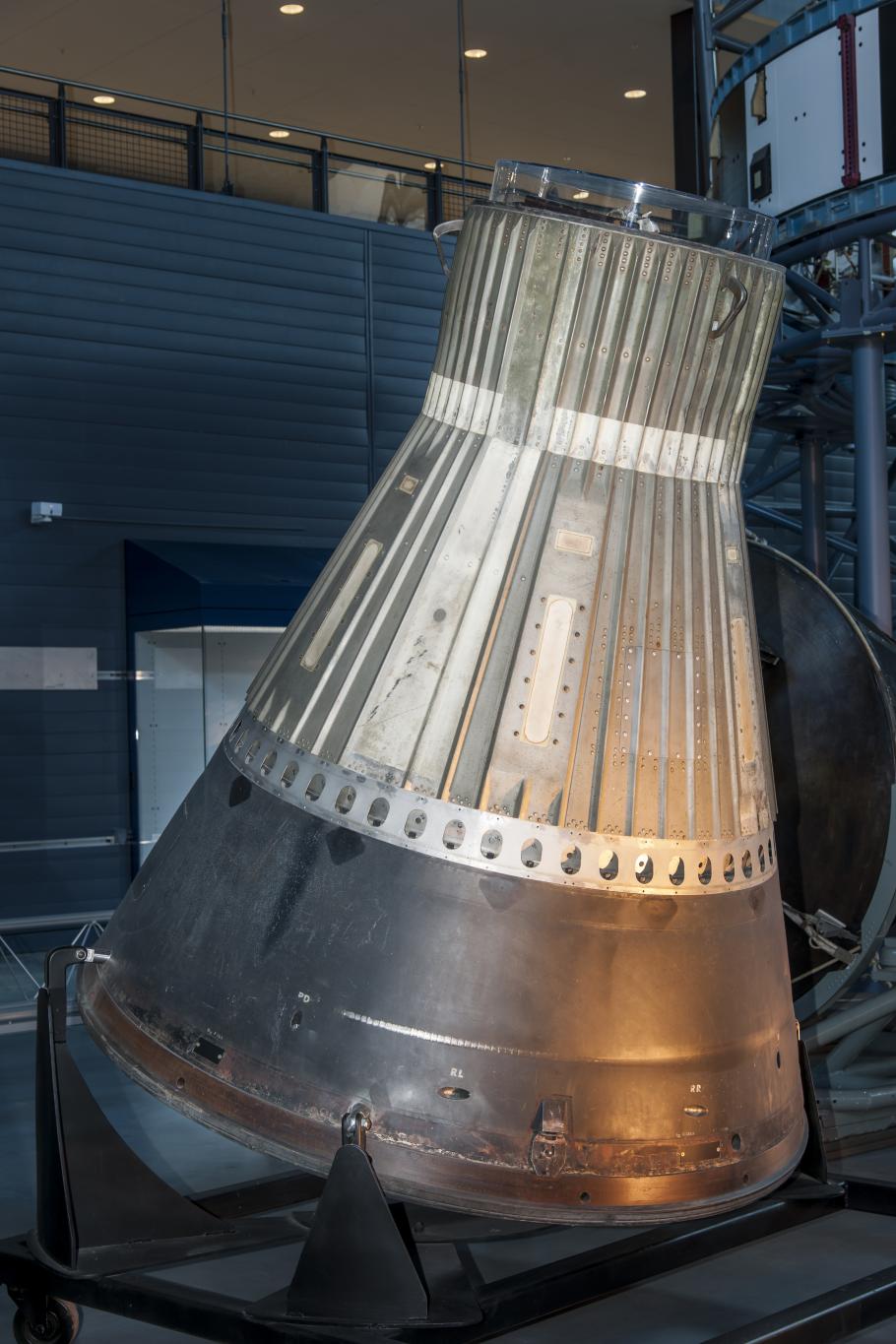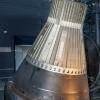On September 9, 1959, NASA launched this unoccupied Mercury spacecraft from Cape Canaveral, Florida, on a suborbital flight that lasted 13 minutes. Its launch was the second in the Mercury program and the first using an Atlas booster. The flight helped NASA evaluate the booster, the new ablative heat shield, the capsule's flight dynamics and aerodynamic shape, and spacecraft recovery systems and procedures.
The heavily instrumented "Big Joe" was the most massive American spacecraft launched up to that time. It weighed about as much as a manned version would, and its success paved the way for the beginning of manned Mercury launches in 1961.
Display Status
This object is on display in Human Spaceflight at the Steven F. Udvar-Hazy Center in Chantilly, VA.
Object Details
Country of Origin
United States of America
Type
SPACECRAFT-Crewed-Test Vehicles
Manufacturer
NASA - Langley Research Center
NASA, Lewis Research Center
Dimensions
Overall: 9 ft. 4 in. tall x 6 ft. 1 in. wide, 2555 lb. (284.5 x 185.4cm, 1158.9kg)
Materials
Structure: Inconel alloy; Heatshield: Phenolic Fiberglass
Heatshield: phenolic resins, fiberglass
Alternate Name
Mercury Capsule
Inventory Number
A19680244000
Credit Line
Transferred from the National Aeronautics and Space Administration
Data Source
National Air and Space Museum
Restrictions & Rights
Open Access (CCO)
For more information, visit the Smithsonians Terms of Use.

